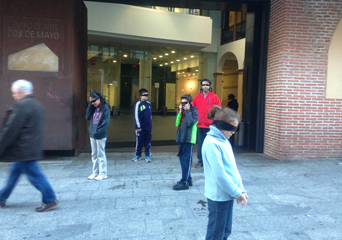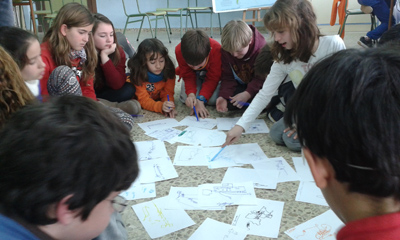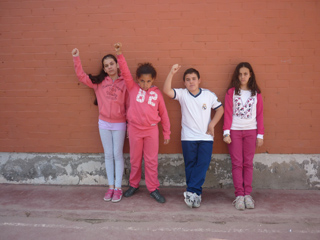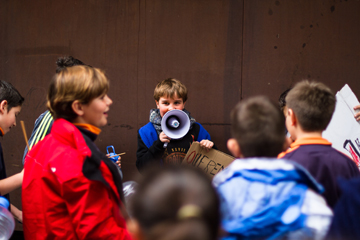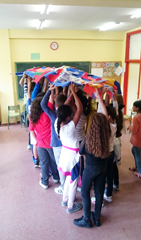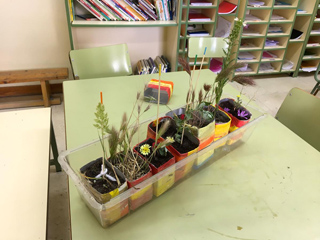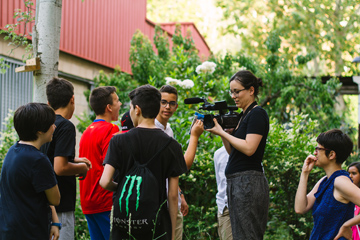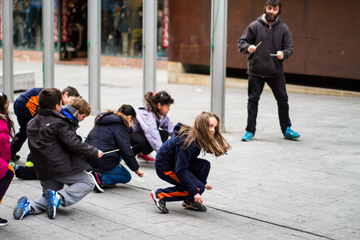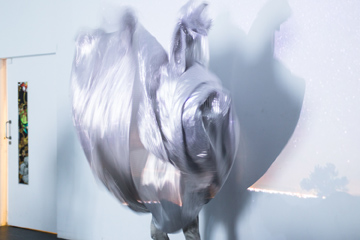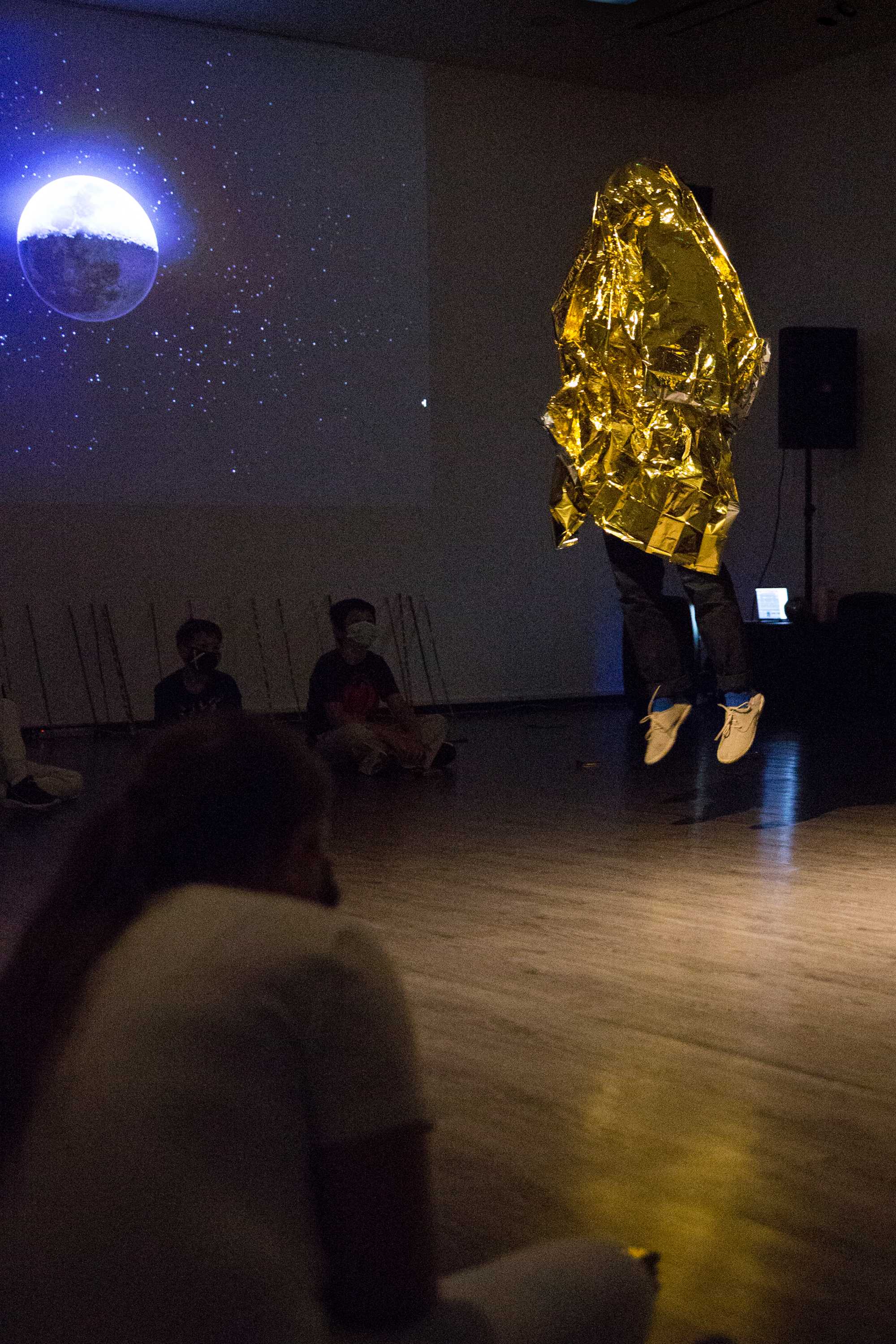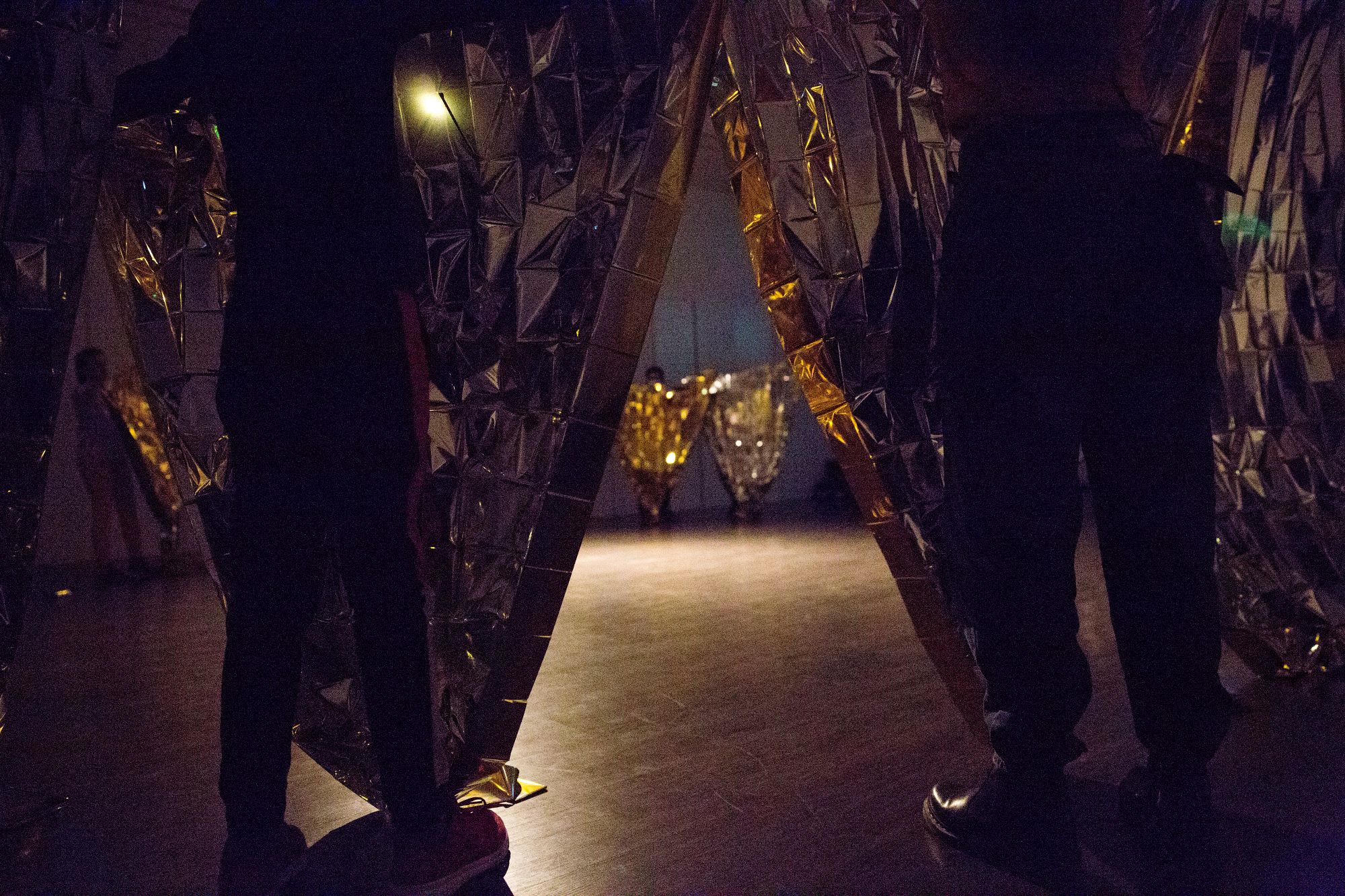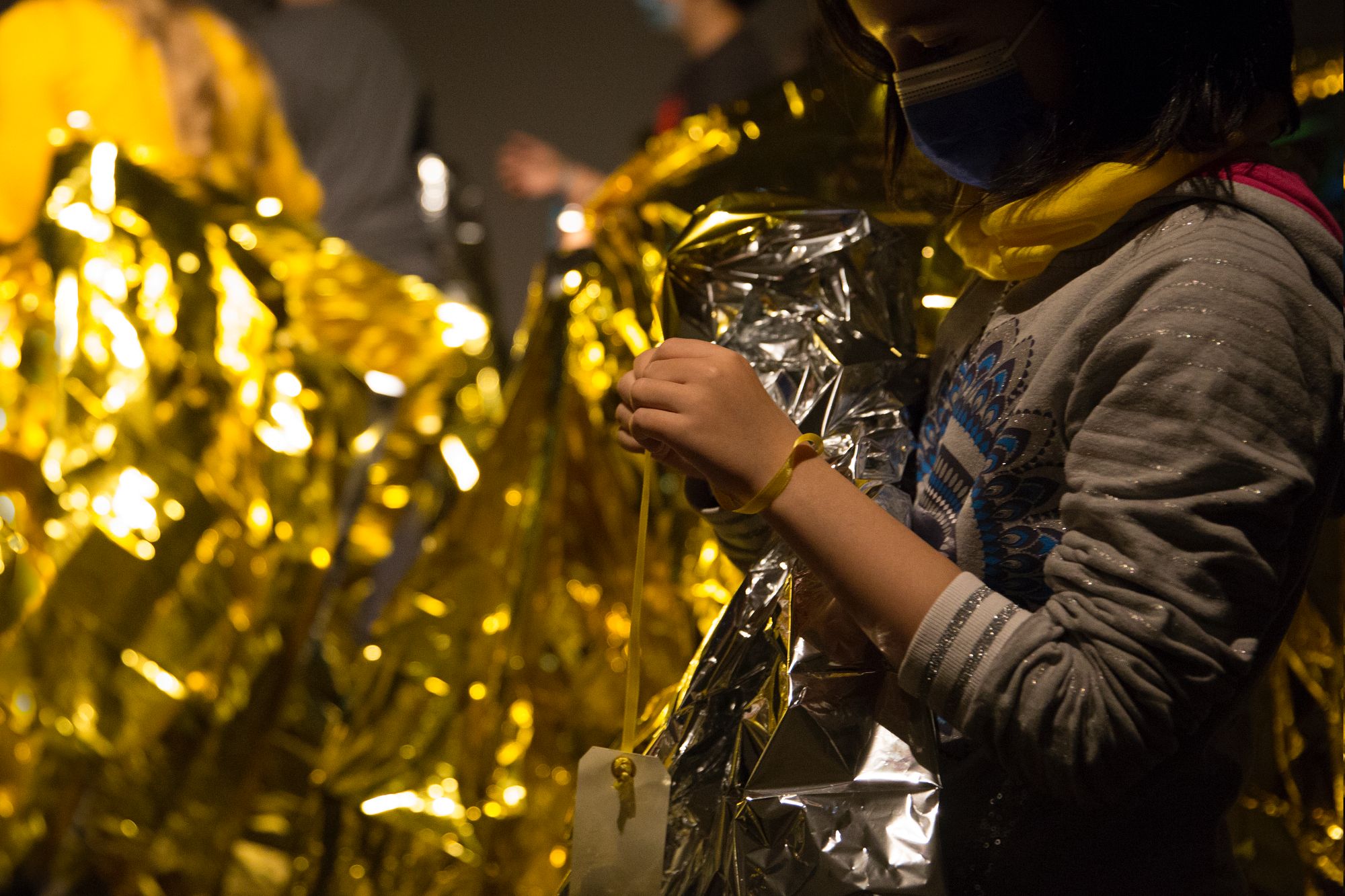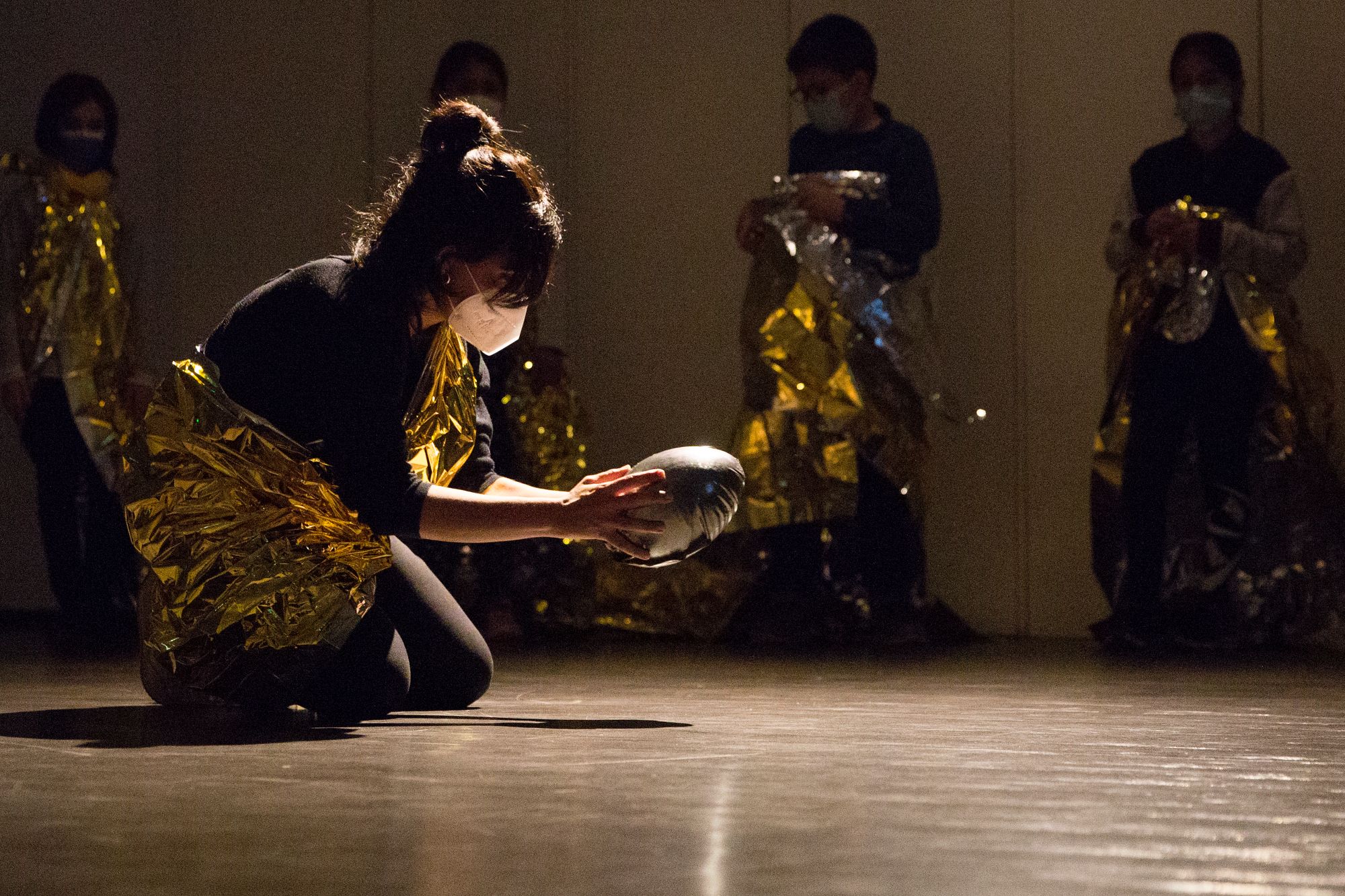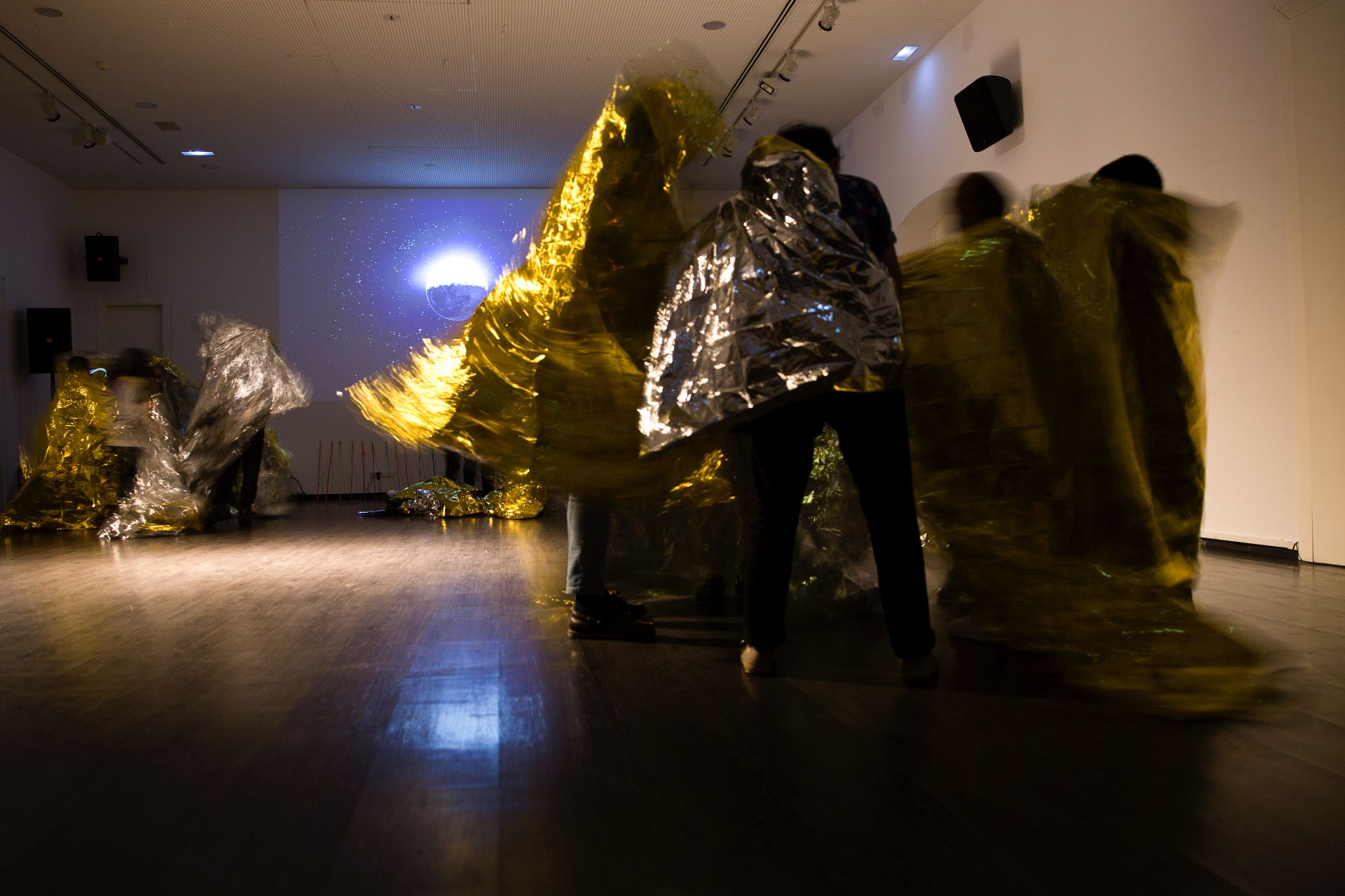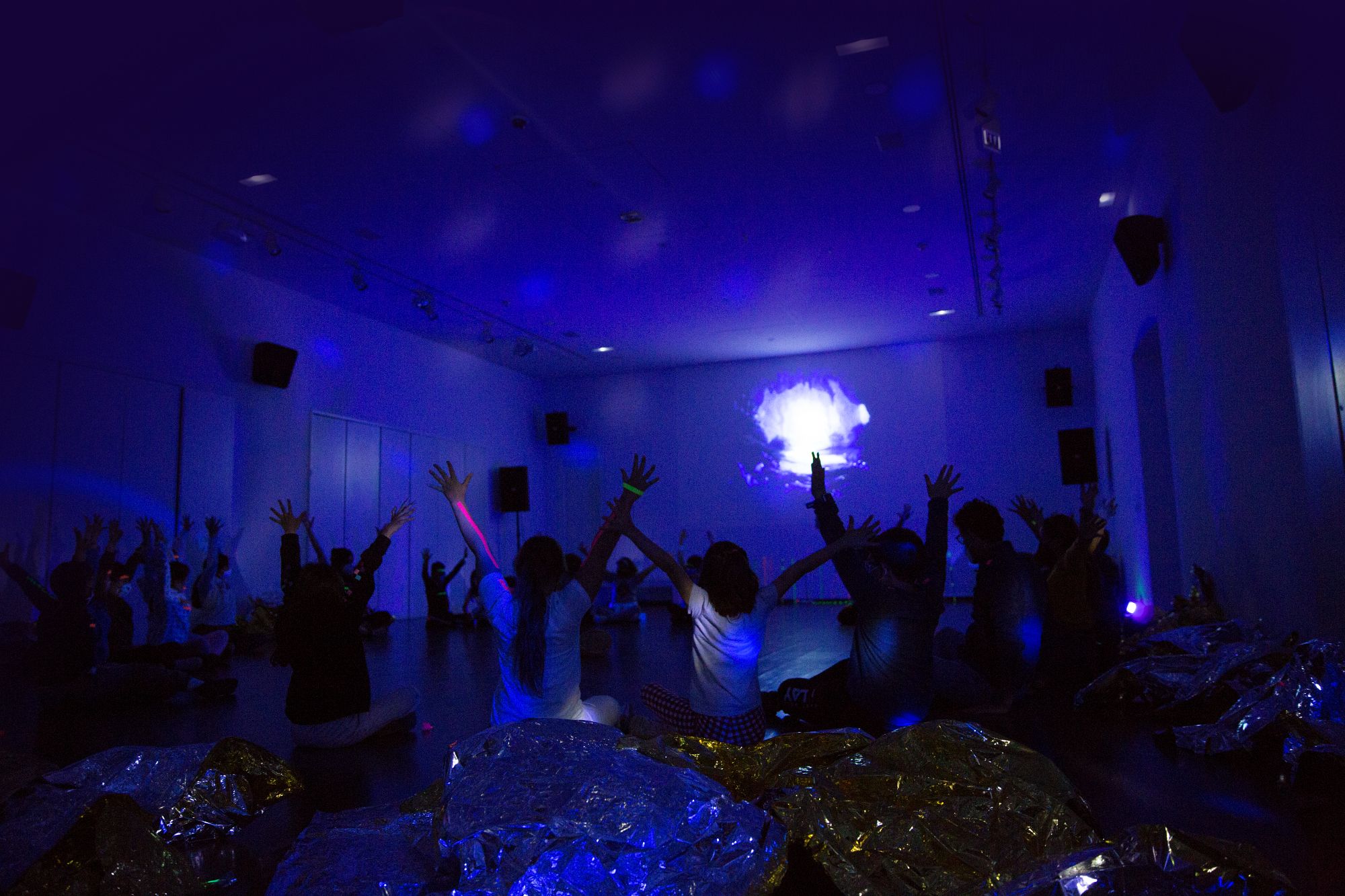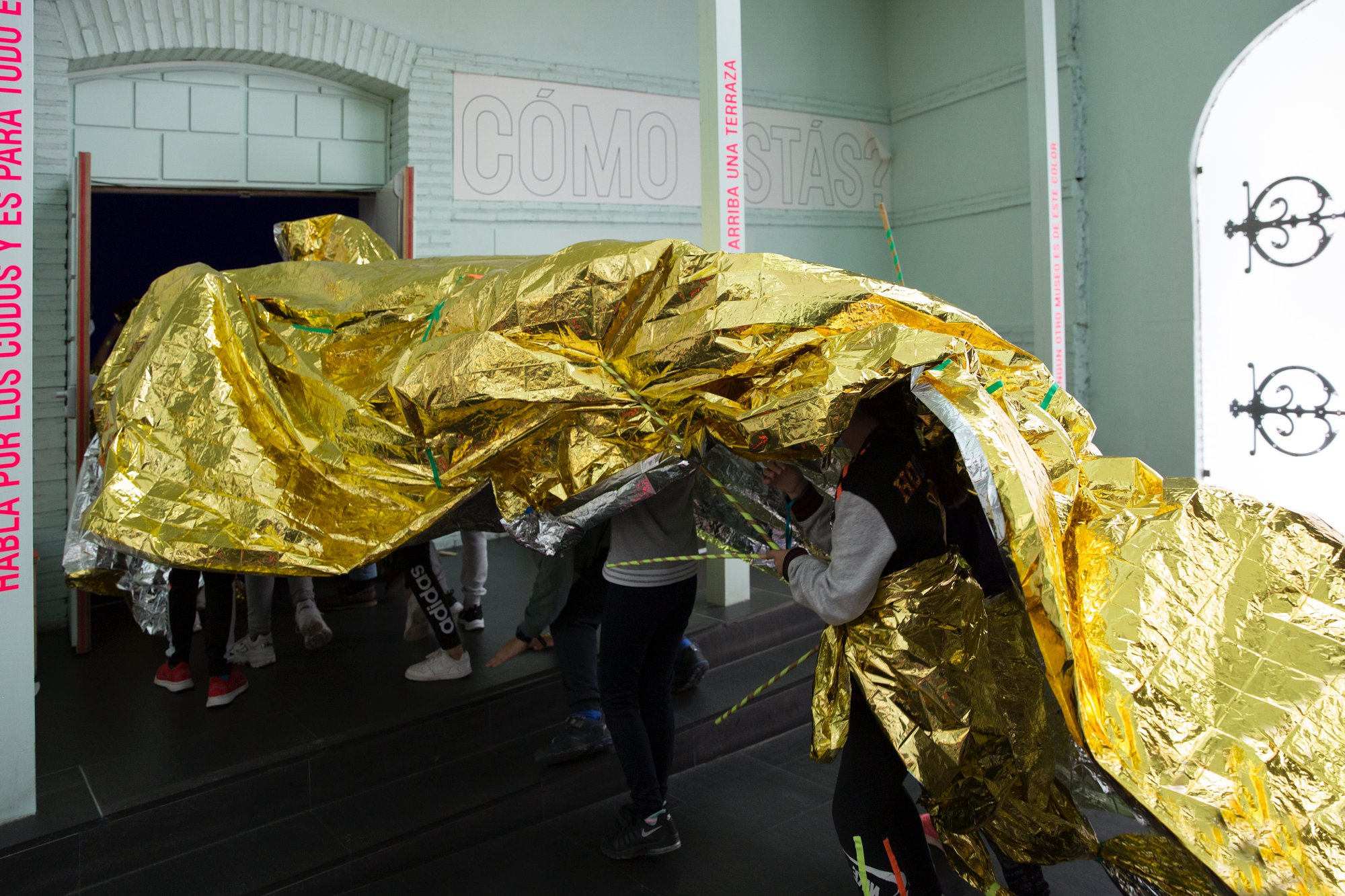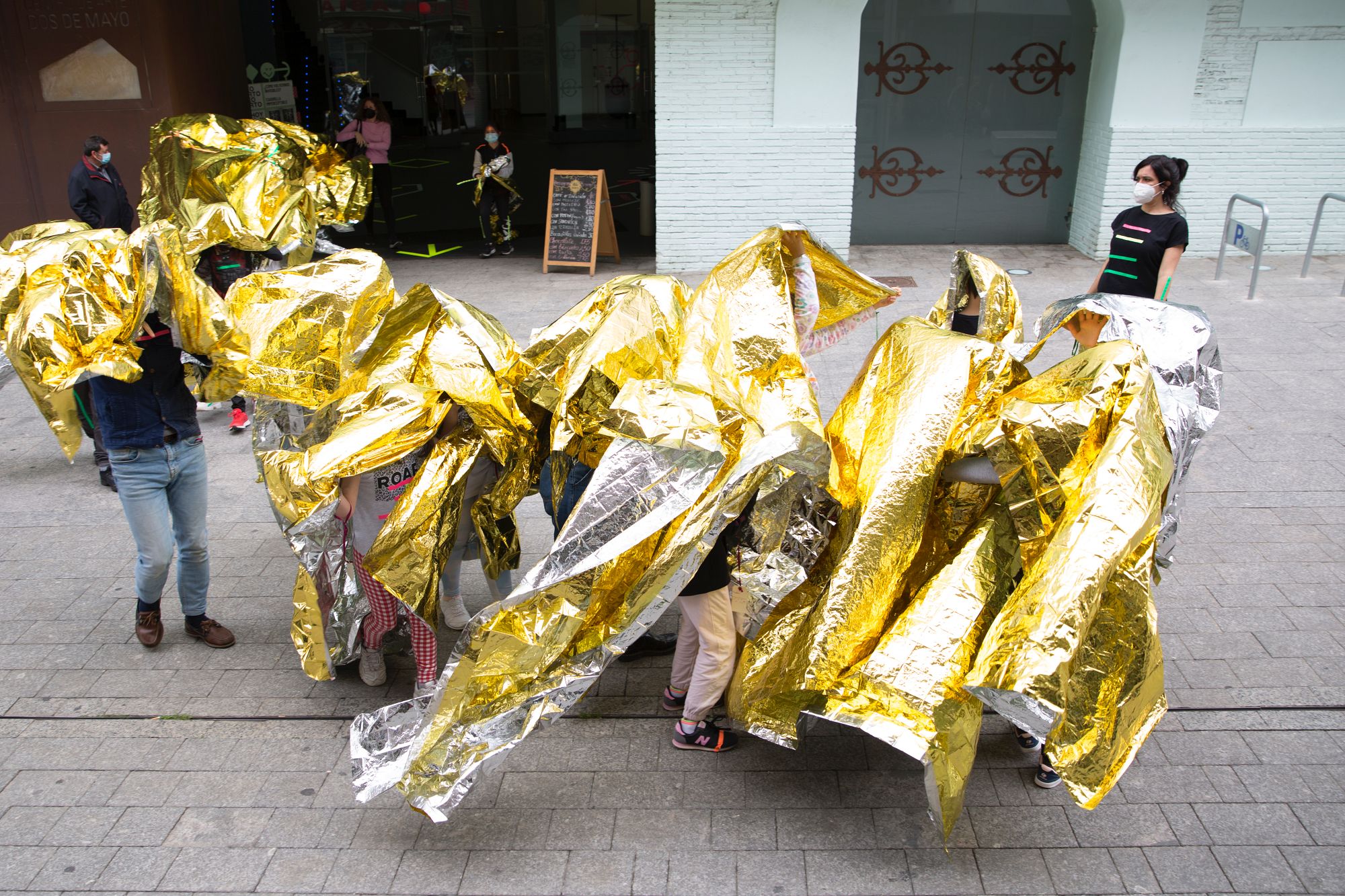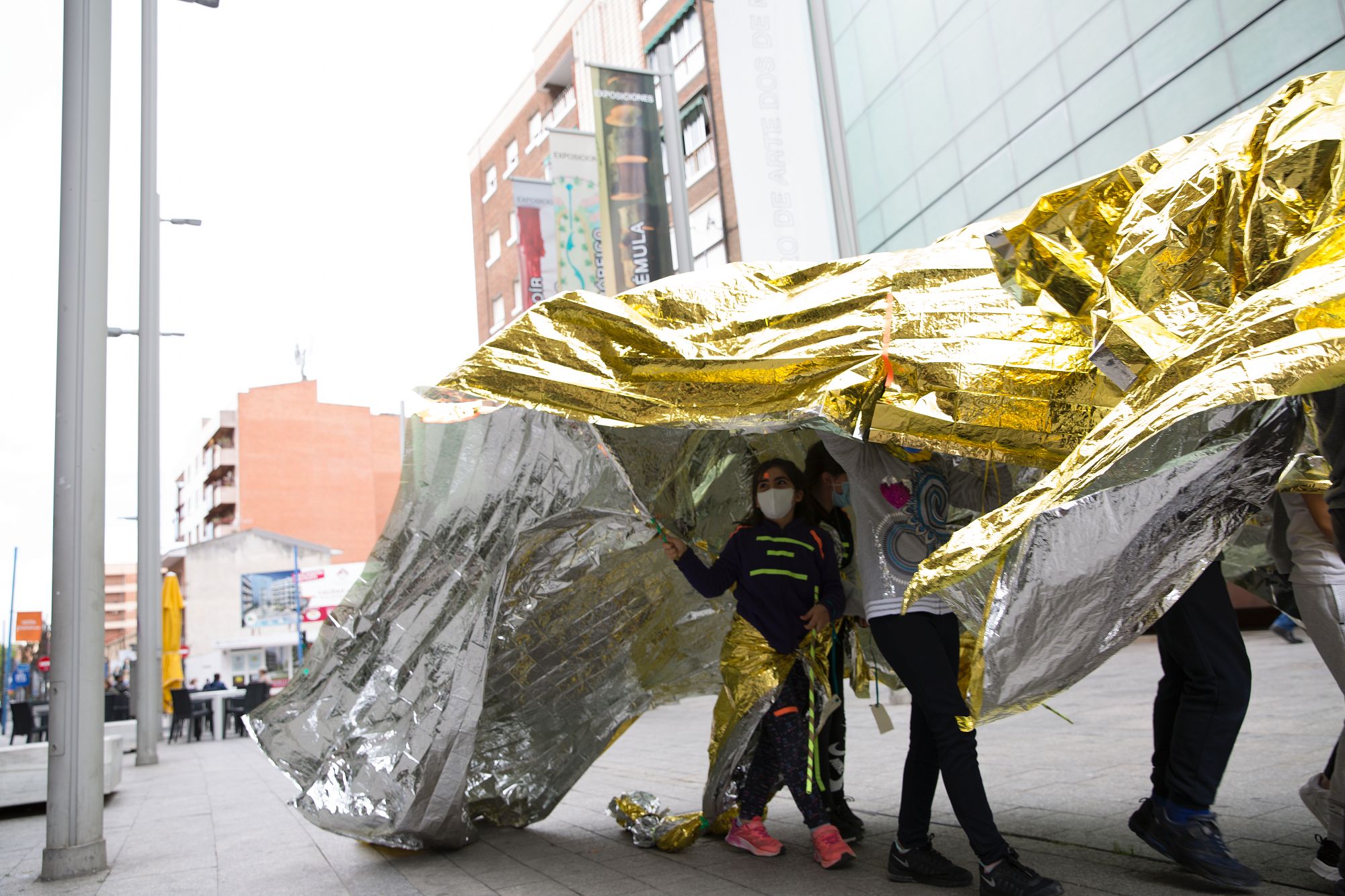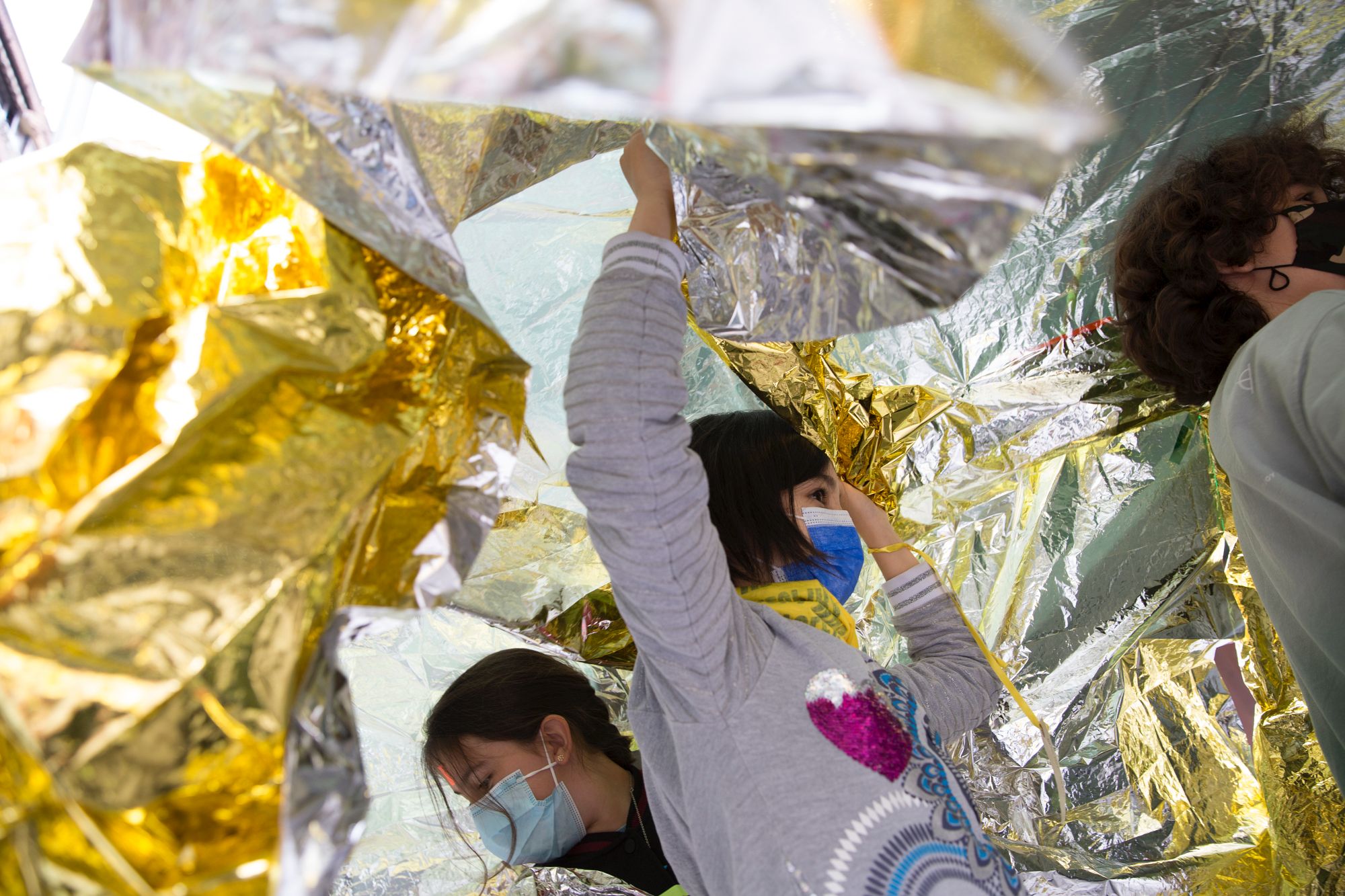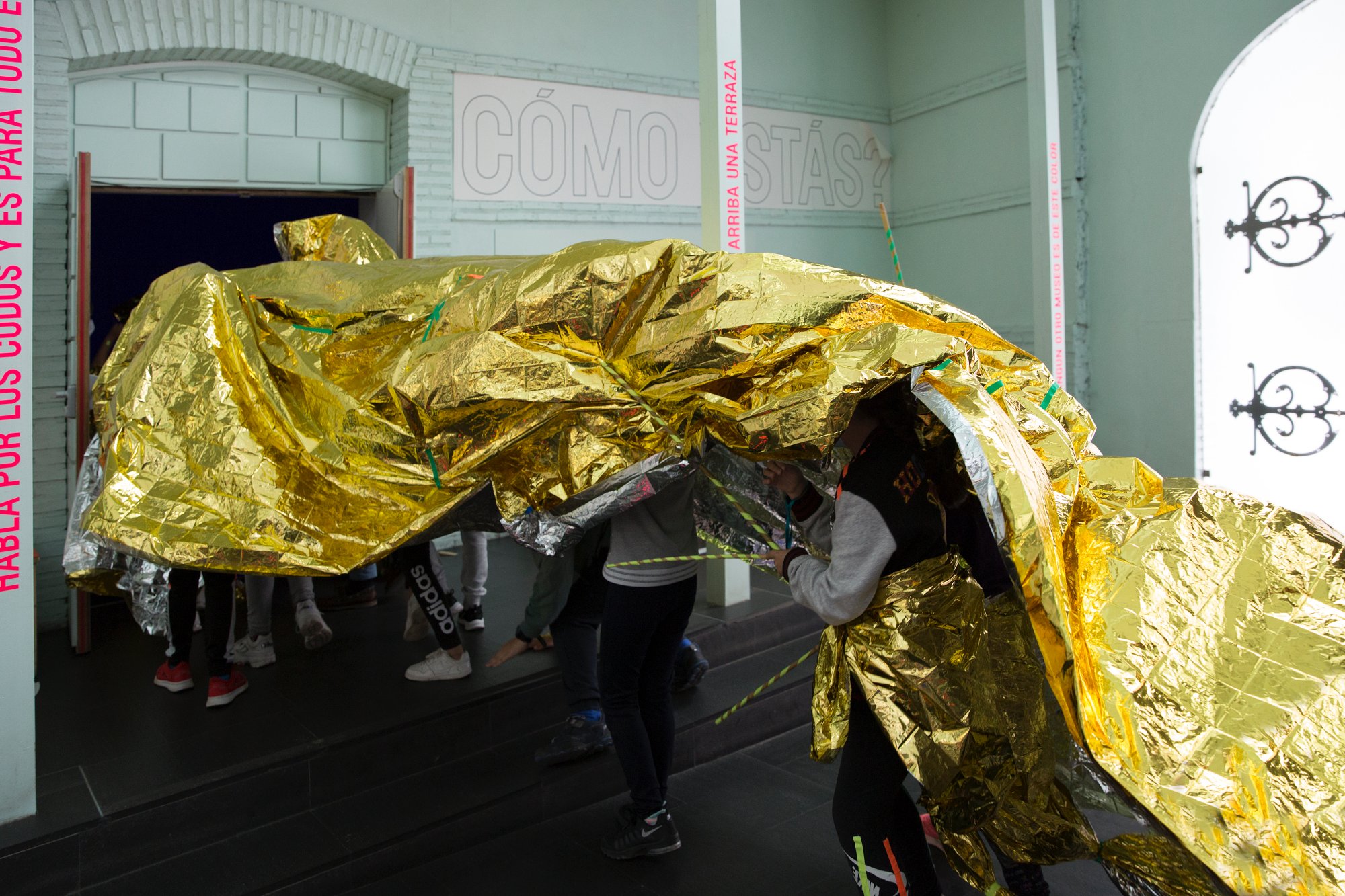Hearing is widely believed to be the most invasive of our senses, because it is almost impossible to prevent a powerful noise from penetrating our body. We can stop ourselves from looking, from tasting, from touching and even from smelling. But we cannot deactivate our hearing even while asleep. In addition, the hearing involves the whole body: the deep sounds of techno music make the whole body vibrate, pop music forces you to move your feet and it is even claimed that classical music can soothe wild beasts. But our relationship with sound responds to a cultural construct: if the sound of a cow mooing in the countryside is not considered to be noisy, then why do we think that the sound of a car in the city is?
In this workshop we will be borrowing from the Situationists to rethink what noises have to tell us and how they relate to our everyday experience. Hearing, the drift, the museum and the city will be our main tools to explore the limits of sound.
Maximum 30 students.
Máximo treinta alumnos.
In this workshop we will be borrowing from the Situationists to rethink what noises have to tell us and how they relate to our everyday experience. Hearing, the drift, the museum and the city will be our main tools to explore the limits of sound.
